Maksimir – History and Symbols of the Neighbourhood
Part three of the project Zagreb Neighbourhoods
Exhibition concept: Kristian Strukić
Exhibition design: Nikolina Jelavić-Mitrović
Poster design: Miljenko Gregl
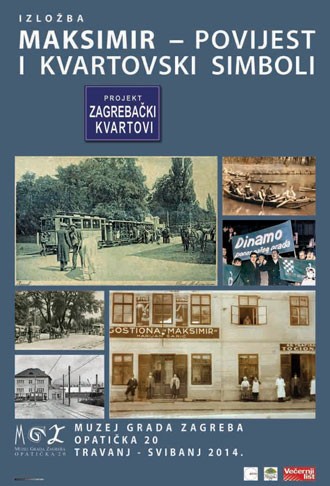 The Zagreb Neighbourhoods Project
The Zagreb Neighbourhoods Project
Since 2010, Zagreb City Museum has been engaged in conducting its cultural studies project Zagreb Neighbourhoods. The project consists of major study and minor thematic exhibitions, as well as various other events such as roundtables, launches, lectures and concerts. The project is of a research character but also has a highly prominent social approach. This means that in the preparation of an exhibition we make sure to include the actual residents of a quarter as much as we can.
The basic objectives that are met during the project’s implementation are linking up with the wider social community and being able to place a proper valuation upon and present the different parts of Zagreb, leading to a better understanding of the city as a whole. We also want to encourage the collection of material, in other words, the enrichment of the Museum’s holdings.
The first two parts of the project focused on the area of New Zagreb in the exhibition Half a Century of Trnsko – the Story of a Generation and then on the Dubrava zone, through the exhibition Zagreb’s Dubrava – from Suburb to City.
Exhibition Maksimir – History and Symbols of the Neighbourhood
Part three of the project started to be put into operation at the end of 2013, when a little street exhibition called 20 Neighbourhood Images of Old Maksimir was mounted. The exhibition was put on at the beginning of Maksimir Road; in it, we invited the inhabitants of the area to get involved in the preparation of the exhibition by donating or lending objects. At the same time, it acted as an announcement of a study exhibition in Zagreb City Museum.
The exhibition Maksimir – History and Symbols of the Neighbourhood presents the history of the neighbourhood of Maksimir, the urban development of which began in 1900, when Maksimir was annexed to Zagreb. Some of the themes of the exhibition are development and architecture, social and cultural life, small business and the economy. The exhibition also presents some of the more important sites in the area, of significance to Zagreb as a whole, such as Maksimir Park and its Zoological Garden, Maksimir Stadium and Dinamo FC, Maksimir Road and the first tradesmen, historical residential units such as the Railwaymen’s Colony and Gogol Hill, the Patria, Fotokemika and Radioindustrija Zagreb factories, the schools and churches in Remete, as well as the space of Jordanovac, Lašćina and Bukovac, to name a few.

Maksimir Restoration (the Hanuš family), August 2, 1910, MGZ 6693

Overturned horse drawn cart in Maksimir Street, around 1930, MGZ 18092

The tramway turning-circle built in 1926 around the Municipal Baths at Kvaternik Square, around 1928, MGZ 11815
The sequence of topics within the exhibition space approximately repeats the model of the Maksimir area. In the first spatial segment, A Stroll around the Neighbourhood, we start at Kvaternikov Square, climb up Srebrnjak, arrive at Lašćina and Jordanovac, Remete in the north, and in the second, major part of the exhibition, go down Bukovačka Street to Maksimir Forest Park and so on.
As well as objects lent by residents of the Maksimir neighbourhood, and by various institutions, many objects and photographs from the ample holdings of Zagreb City Museum are on show.
An important part of the project consists of collaboration with some of the institutions, associations and campaigns of the neighbourhood. Some of the organisations collaborating in part three of the project are the Maksimir Culture and Information Centre and Maksimir Public Institution. Also involved in the preparations were the Association for Interdisciplinary and Intercultural Research, the Neighbour Helps Neighbour Association and the Dotršćina Virtual Museum.
The history of the neighbourhood is presented in its present-day administrative boundaries: from Remete in the north to Zvonimir Street in the south, from Ravnice in the east to Srebrnjak and Kvaternik Square in the west.
Kristian Strukić, the project head
Pictures from the exhibition
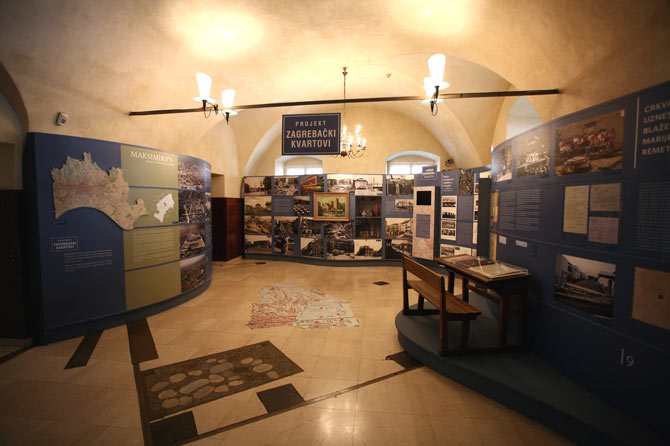


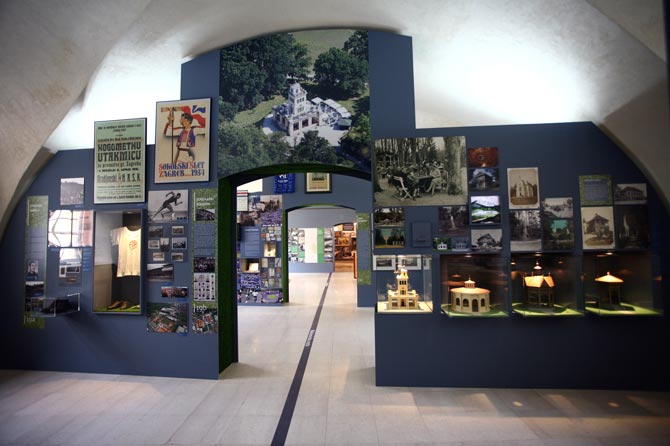
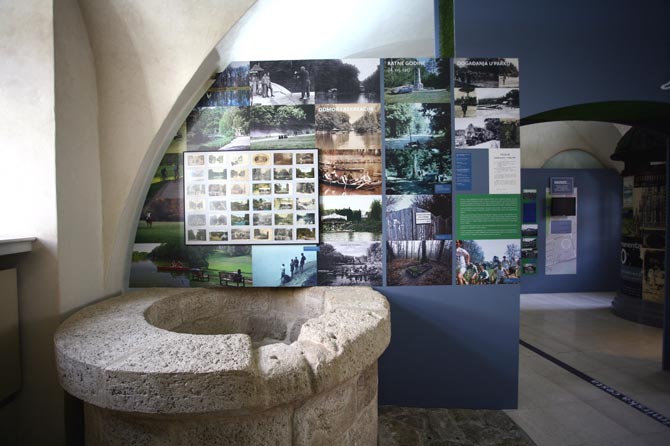
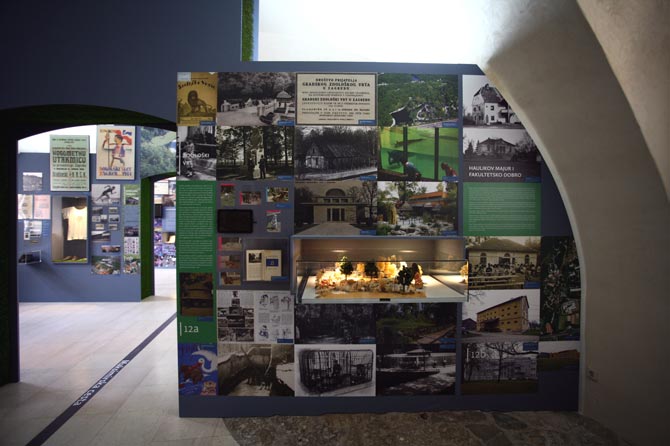
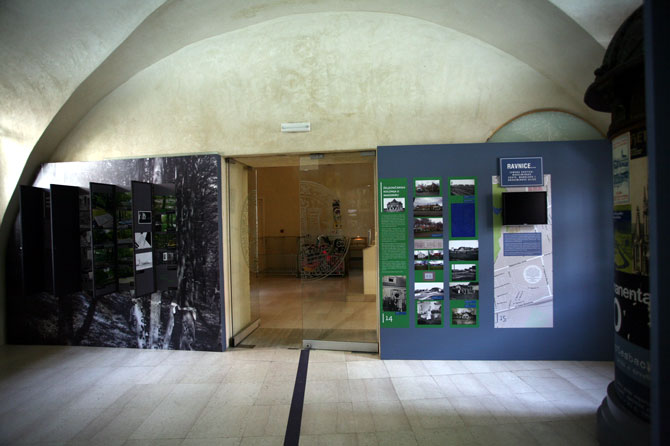
photo Miljenko Gregl, ZCM
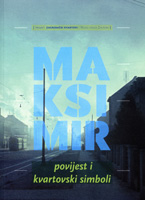 Exhibition catalogue
Exhibition catalogue
Maksimir : History and Symbols of the Neighbourhood / Editors Kristian Strukić, Milena Bušić.
Zagreb : Zagreb City Museum, 2016

